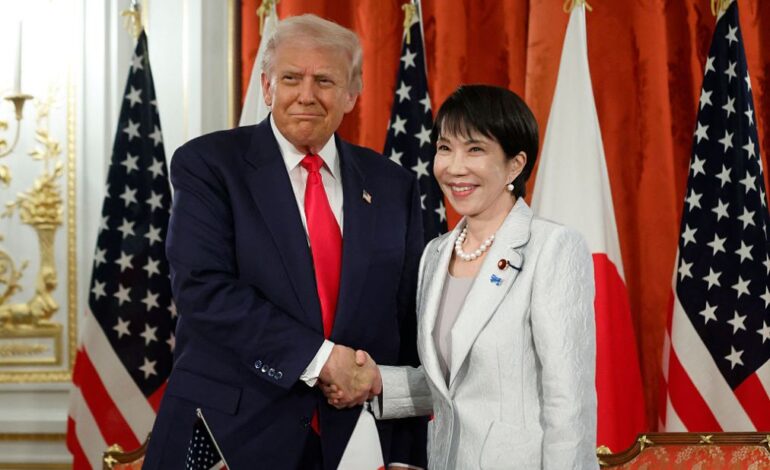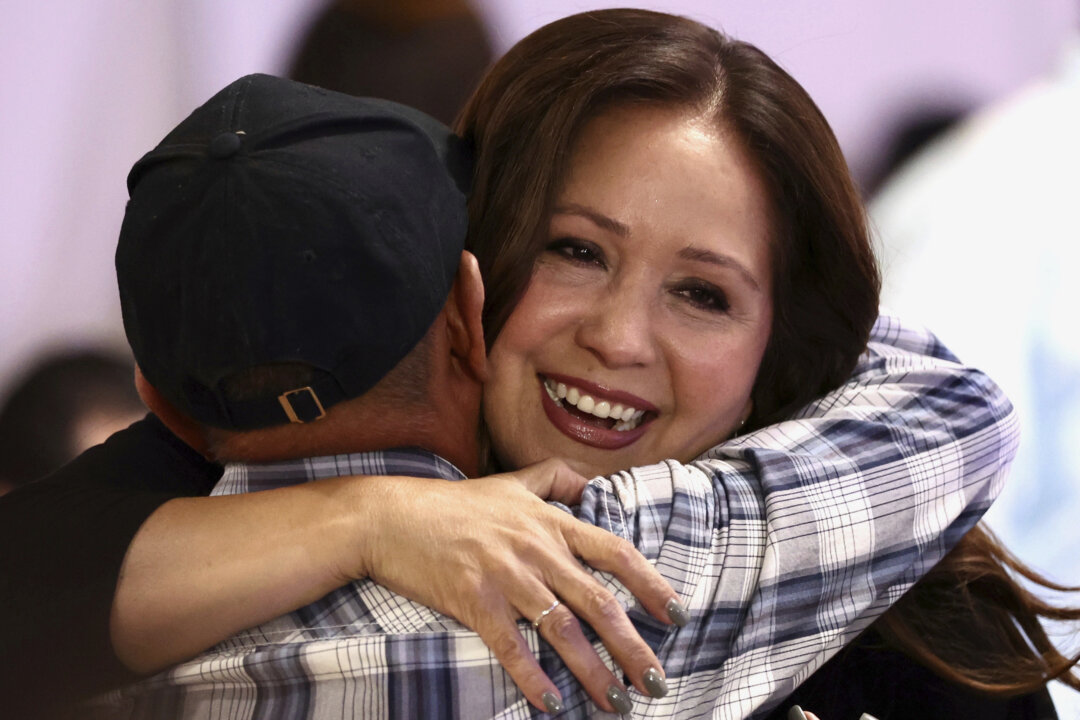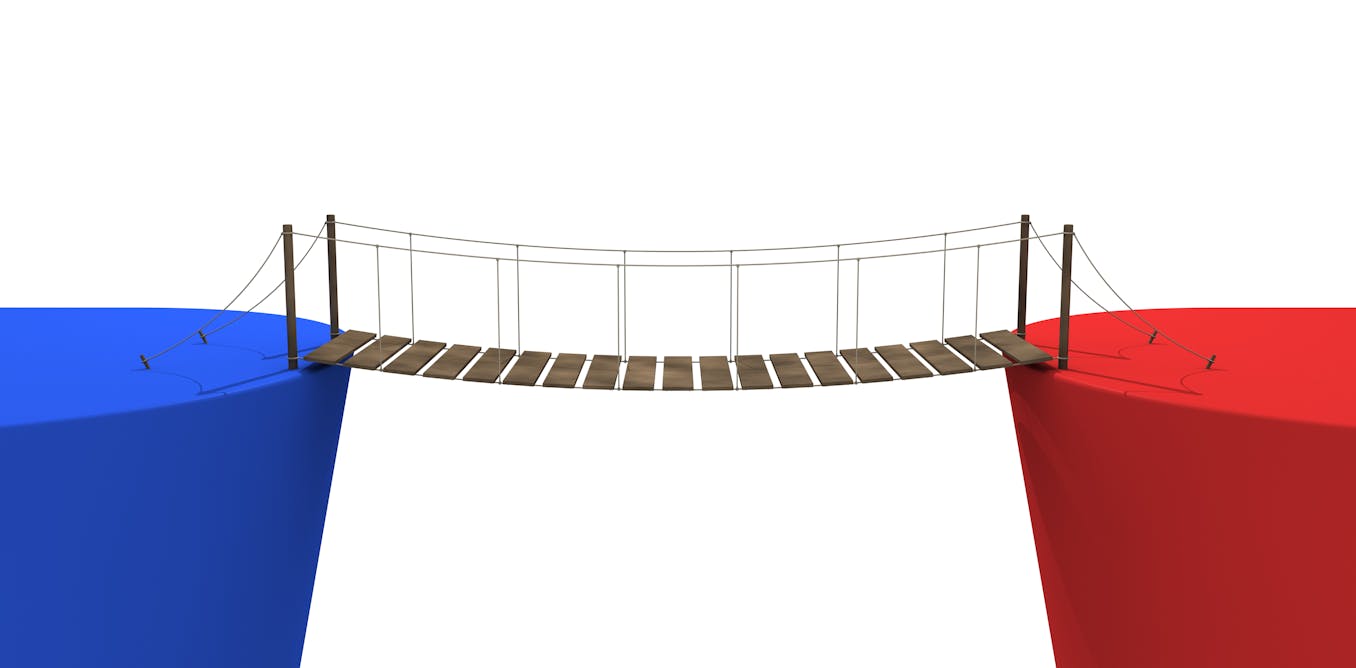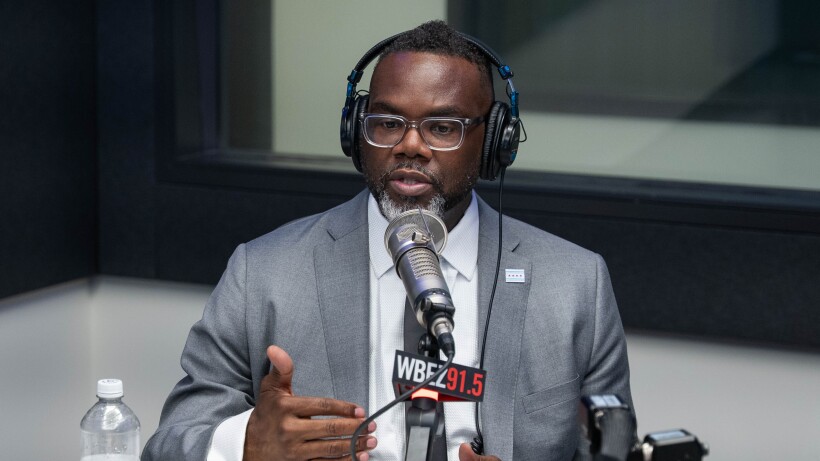Japan’s First Female PM Faces Key Challenge with Trump Visit

Sanae Takaichi, Japan’s first female Prime Minister, stepped into her new role last week, immediately encountering a critical political challenge. On March 5, 2024, she met with U.S. President Donald Trump at Akasaka Palace in Tokyo, marking a significant moment in establishing her leadership and solidifying ties between Japan and the United States. This meeting occurs during Trump’s first visit to Asia since his re-election, which includes stops at the ASEAN Summit in Malaysia and the APEC Summit in South Korea.
Trump, who has had a complex relationship with Japan, expressed optimism about Takaichi’s leadership, referencing her mentor, former Prime Minister Shinzo Abe. “You will be one of the great Prime Ministers,” he stated, emphasizing his belief in her capabilities. Takaichi responded by heralding “a new golden age of the Japan-U.S. alliance,” underlining the importance of a successful meeting for her political survival.
The stakes are high for Takaichi, who leads a minority government facing declining public support. According to Tokuko Shironitta, managing director for Japan at the Asia Group, “a successful meeting with Trump is a must for Takaichi’s survival as Prime Minister.” Her predecessor’s brief tenure underscores the urgency of her need to bolster her image as a decisive leader.
Building Relations with Trump
Takaichi’s approach to Trump appears to be strategically tailored to appeal to his preferences. Jeff Kingston, a professor of Asian studies at Temple University in Japan, suggested she will likely employ a mix of gifts, flattery, and ceremonial gestures to make a strong impression. Her past experiences, including working as a congressional aide in the United States, may provide her with a deeper understanding of American political dynamics compared to her predecessors.
Among her proposed gestures is the consideration of purchasing a fleet of Ford F-150 pickup trucks, a move that could symbolize a commitment to boosting U.S. imports. The significance of this gesture lies in addressing the trade imbalance, where Japan exports significantly more to the U.S. than it imports.
Additionally, Takaichi is expected to announce plans for increased U.S. imports of soybeans and natural gas, areas of particular interest to Trump as he navigates the complexities of U.S.-China trade relations. As Stephen Nagy, a professor of international relations at the International Christian University in Tokyo, notes, Takaichi must convince Trump that Japan is a crucial partner in achieving his vision of a strong America.
Navigating Domestic and International Pressures
While Takaichi has praised Trump’s policies, including his approach to immigration and trade, she will need to balance her alignment with American interests and the domestic expectations of her constituents. Shironitta highlights that Takaichi faces pressure to renegotiate U.S. tariff deals, seeking clarity on how Japan’s substantial investment in the U.S. will be allocated.
Trump has indicated a willingness to engage in discussions regarding trade terms, which may offer Takaichi an opportunity to advocate for Japanese interests while maintaining a strong partnership with the U.S. “We have a great relationship with Japan and we’re going to have a fantastic relationship with her,” Trump remarked, hinting at a potentially favorable environment for negotiations.
Challenges also loom on the horizon, particularly concerning Japan’s relationship with China. Takaichi is expected to adopt a more hawkish stance towards Beijing, diverging from the more conciliatory approach of her predecessor. Her commitment to enhancing Japan’s military capabilities aligns with Trump’s pressure on allies to bolster their defense spending, with Japan targeting a defense budget of 2% of its GDP by March 2026.
Takaichi’s ability to navigate these intricate dynamics will be crucial. The former Prime Minister Abe’s legacy and friendship with Trump provide her with a foundation, but she must establish her own identity as a leader capable of managing Japan’s foreign relations in a complex geopolitical landscape.
As Takaichi and Trump work to reinforce the Japan-U.S. alliance, both leaders recognize the importance of presenting a united front amid rising tensions with China. They signed a new framework agreement aimed at enhancing resilience and security in critical minerals and rare earth supply chains, a move that underscores their commitment to economic collaboration and strategic partnership.
The upcoming weeks will test Takaichi’s leadership and diplomatic skills as she strives to secure Japan’s interests while fostering a strong relationship with the United States. The world will be watching closely as this new chapter in Japan’s political landscape unfolds.





